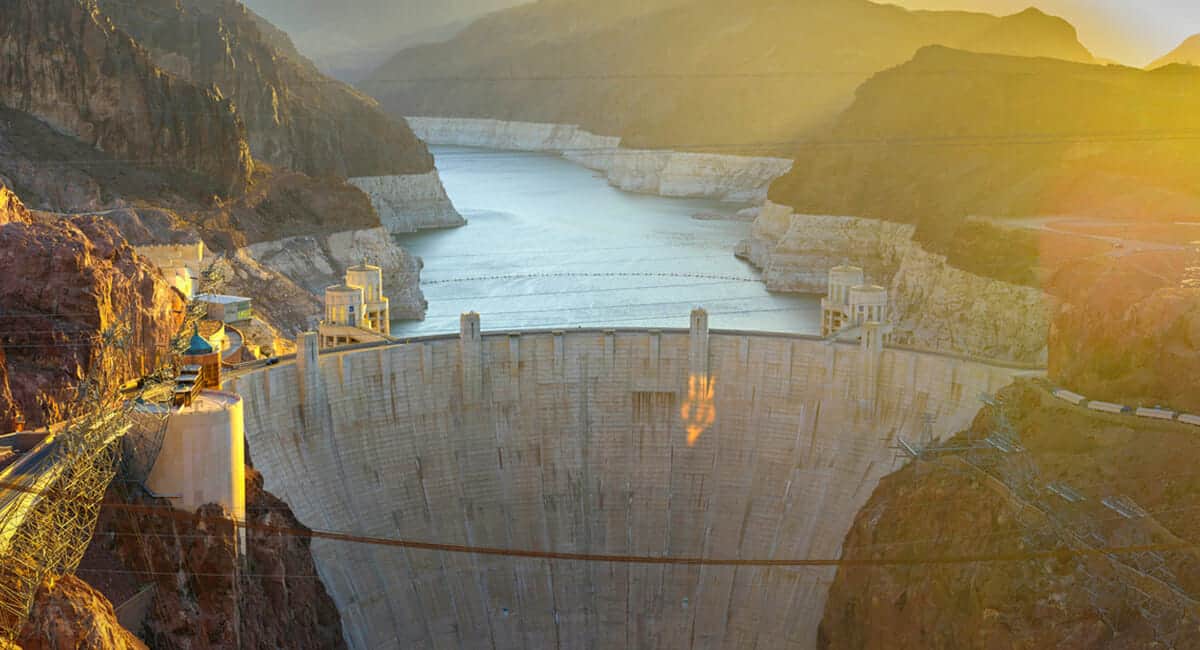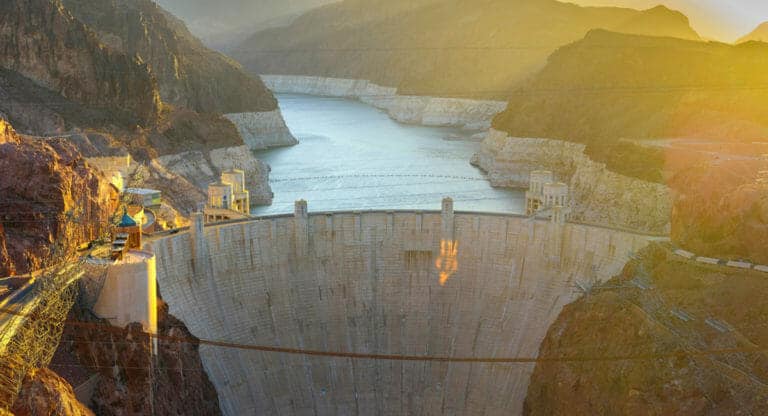About 71 percent of the Earth is covered by water, and most of that is ocean. Only 2.5 percent is fresh water, and only a fraction of that—1 percent—is easily accessible. The world’s population of 7.6 billion is expected to grow to 9.8 billion by the year 2050, which means by that year, more than half the people on Earth will live in water-stressed areas. The demand for potable and irrigation water has never been greater. New solutions for water management and agricultural production are crucial.
As the only state that contains all four North American deserts (the Sonoran, Great Basin, Mohave, and Chihuahuan), Arizona has long been at the forefront of water management and conservation. In fact, Arizona has the highest concentration of water experts in the country, and for more than a century, they have worked to address the challenges of scarce water, developing methods to capture, store, move, and manage water for the state’s millions of residents, agricultural enterprises, and industries. Today’s combination of technology, research, and the brilliant minds behind them will undoubtedly make a difference in the accessibility of fresh water for generations to come. Researchers continue the work, began 100 years ago by their predecessors, to ensure everyone has access to fresh water.
Getting water to the central and southern Arizona deserts was the first hurdle to overcome. One of the first federal projects under the federal Reclamation Act of 1902 was the Salt River Project, which provided for the building of new dams and the repair of existing dams and irrigation canals. For the first time, reliable water and power flowed into the area. In 1968, the Central Arizona Project was authorized by the Colorado River Basin Project Act to bring Arizona’s share of water from the Colorado River to urban areas in central and southern Arizona by way of a 336-mile canal. The canal carries 1.5 million acre-feet of water—almost 489 billion gallons—from Lake Havasu City to points east, terminating […]
Full article: Fresh Thinking: Freshwater Science Is Being Pioneered in Arizona



